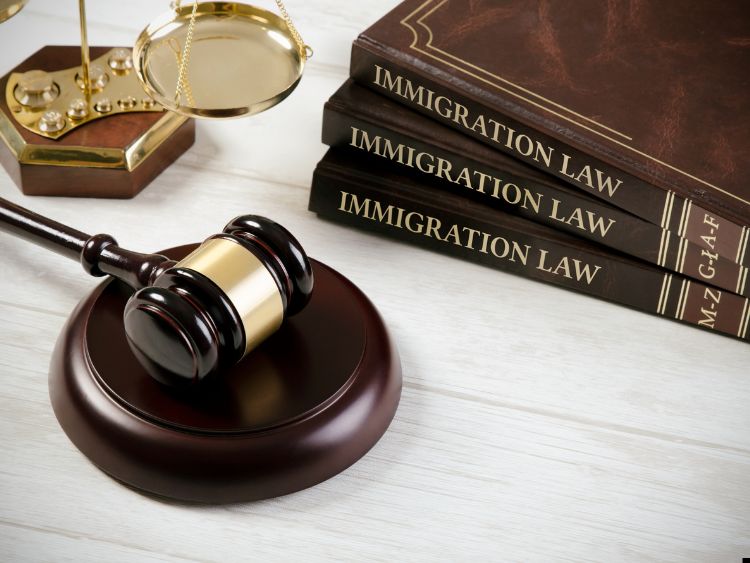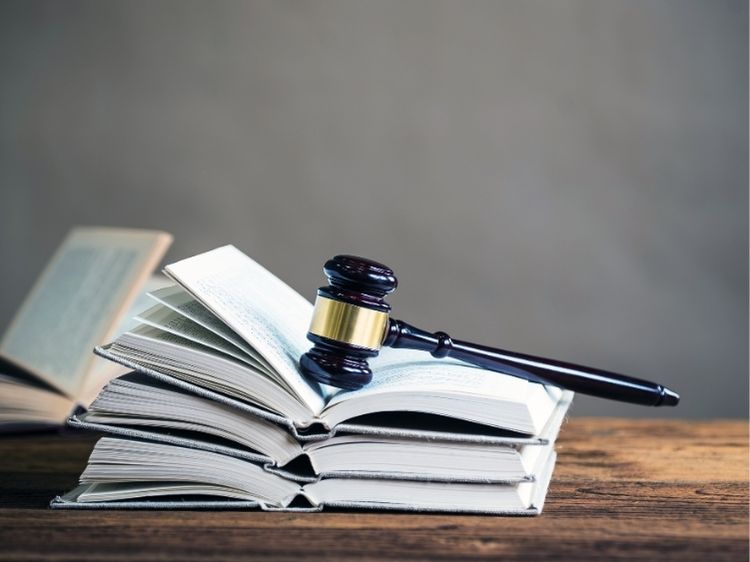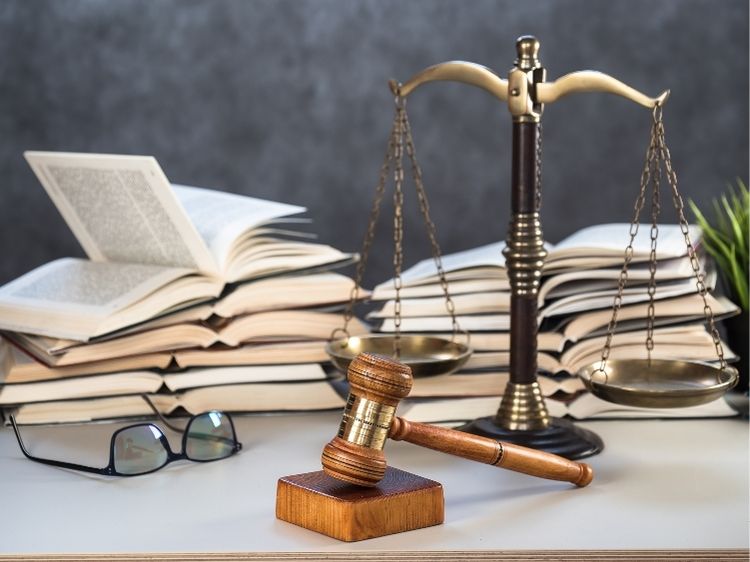Product liability court cases play a crucial role in protecting consumer rights and ensuring businesses are held accountable for defective or unsafe products. These cases have shaped modern consumer protection laws, providing a legal framework for individuals to seek justice when products cause harm. In this article, we’ll dive into the key aspects of product liability court cases, the different types of liability, and some landmark rulings that have set important precedents in the legal world.
What Is Product Liability?
Product liability refers to a manufacturer or seller being held liable for placing a defective product into the hands of a consumer. Responsibility for a product defect that causes injury lies with all sellers of the product in the distribution chain. This concept exists to ensure that companies uphold a duty of care to consumers and that they produce goods that are safe to use. If they fail to do so, they can face legal action through product liability court cases.
Types of Product Liability
There are generally three types of product liability claims, each dealing with different kinds of defects or issues:
- Design Defect: This occurs when a product is inherently dangerous or defective from its initial design. Even if the product is manufactured correctly, the flaw in the design makes it unsafe for use.
- Manufacturing Defect: A manufacturing defect occurs when something goes wrong during the production process, leading to a product that is different from the intended design and potentially harmful to consumers.
- Marketing Defect (Failure to Warn): This involves a product that does not carry adequate instructions or warnings regarding its use. If consumers are not properly informed about potential risks, manufacturers can be held liable.
Landmark Product Liability Court Cases
Over the years, several product liability court cases have significantly influenced how companies manufacture, label, and market their products. These cases have set important legal precedents that continue to shape consumer protection laws.
1. Grimshaw v. Ford Motor Co. (1978)
One of the most famous product liability cases involves the Ford Pinto. In the 1970s, it was revealed that Ford had sold cars with a dangerous design flaw in their fuel systems. The Ford Pinto’s gas tank was prone to rupture in rear-end collisions, which led to several fatal accidents.
In Grimshaw v. Ford Motor Co., the court awarded a significant amount in punitive damages against Ford, making it a landmark case in design defect lawsuits. This case highlighted the responsibility of manufacturers to prioritize consumer safety over profit.
2. Liebeck v. McDonald’s (1994)
This case became famously known as the “hot coffee lawsuit.” In this instance, Stella Liebeck, a 79-year-old woman, suffered third-degree burns after spilling McDonald’s hot coffee on her lap. McDonald’s had been serving coffee at extremely high temperatures, much hotter than industry standards.
The jury awarded Liebeck $2.7 million in punitive damages. Although often misunderstood as a frivolous case, Liebeck v. McDonald’s was a key case in product liability and consumer safety, showing how even everyday products must meet reasonable safety standards.
3. Wyeth v. Levine (2009)
This case involved a failure-to-warn claim. Diana Levine, a musician, lost her arm after being injected with Phenergan, a drug made by Wyeth. The method of injection used resulted in gangrene, and Levine argued that the drug label did not adequately warn against this risk.
The Supreme Court ruled in favor of Levine, establishing that federal approval of a drug does not shield manufacturers from liability under state law. Wyeth v. Levine became a cornerstone case in the failure-to-warn category of product liability court cases.
Key Components of Product Liability Court Cases
When bringing a product liability lawsuit to court, plaintiffs must prove several key elements to establish the defendant’s responsibility for damages.
- Product Defect: The plaintiff must demonstrate that the product was defective in its design, manufacturing, or marketing. This defect must have been the cause of the injury.
- Injury: It’s not enough that the product was defective; the plaintiff must also show that they suffered an injury as a result.
- Causation: There must be a clear link between the product’s defect and the plaintiff’s injury. In other words, the injury would not have occurred but for the defect.
- Proper Use: The plaintiff must show that they were using the product as it was intended to be used. Misuse of the product can sometimes weaken a liability claim.
The Role of Warnings and Instructions
An often overlooked aspect of product liability is the importance of proper warnings and instructions. If a product is dangerous in a way that isn’t obvious to a reasonable user, it is the manufacturer’s responsibility to provide adequate warnings or instructions. Failure to do so can result in a failure-to-warn lawsuit, as seen in cases like Wyeth v. Levine.
How Product Liability Cases Impact Industries
Product liability cases aren’t just about individual consumers seeking compensation; they can have far-reaching effects on entire industries. A single case can lead to massive recalls, changes in manufacturing processes, and increased regulation. Companies may also be more diligent in quality control and safety standards to avoid similar lawsuits.
For instance, after the Ford Pinto case, car manufacturers became much more focused on vehicle safety, leading to innovations like airbags and crumple zones designed to protect passengers in a crash.
How Can Consumers Protect Themselves?
While product liability laws are in place to protect consumers, there are steps individuals can take to reduce the risk of using defective or dangerous products:
- Research products before purchasing: Look for reviews and reports about safety issues.
- Register products with the manufacturer: This way, you can be informed of any recalls.
- Pay attention to recalls: If a product you own is recalled, stop using it immediately and follow the manufacturer’s instructions for returning or repairing the item.
FAQs About Product Liability Court Cases
What qualifies as a product defect?
A product defect can be in its design, manufacturing, or marketing (including inadequate warnings or instructions). If a product doesn’t meet safety expectations or has been poorly designed or manufactured, it may be considered defective.
Can I file a product liability lawsuit if I misused the product?
Generally, no. If the injury occurred because the product was used in a way that wasn’t intended or foreseeable by the manufacturer, it may weaken the case. However, if the misuse was minor and the defect still caused the injury, you may have a claim.
Are there time limits for filing a product liability lawsuit?
Yes, most jurisdictions have a statute of limitations for filing product liability lawsuits. This period typically ranges from two to six years, depending on the state. It’s important to consult with a lawyer as soon as possible to ensure your claim is filed within the allowable timeframe.
What should I do if I’ve been injured by a defective product?
Seek medical attention immediately and document your injuries. Keep the product and any packaging or instructions, and contact a lawyer who specializes in product liability cases.
Conclusion: The Importance of Holding Companies Accountable
Product liability court cases are essential for maintaining consumer safety and ensuring that manufacturers and sellers uphold their responsibilities. By understanding the different types of product defects and key legal precedents, consumers can better protect themselves and hold companies accountable for unsafe products. As technology evolves, the landscape of product liability will continue to change, making these cases even more important in shaping the future of consumer rights.
Authoritative Links:
- U.S. Consumer Product Safety Commission: https://www.cpsc.gov/
- National Highway Traffic Safety Administration: https://www.nhtsa.gov/
- National Safety Council: https://www.nsc.org/
- Food and Drug Administration (FDA): https://www.fda.gov/



